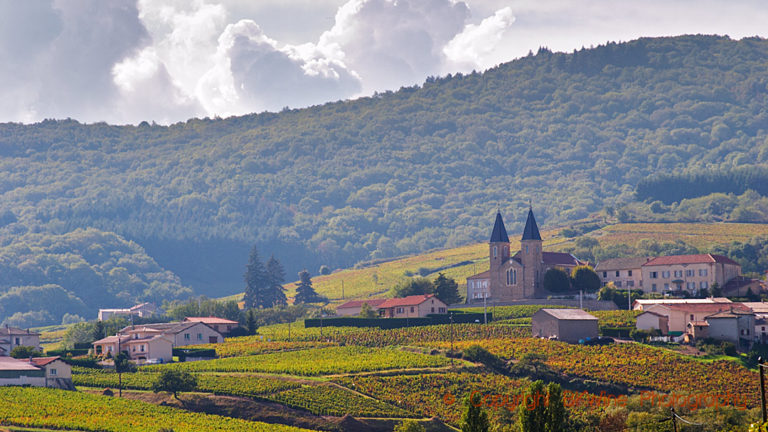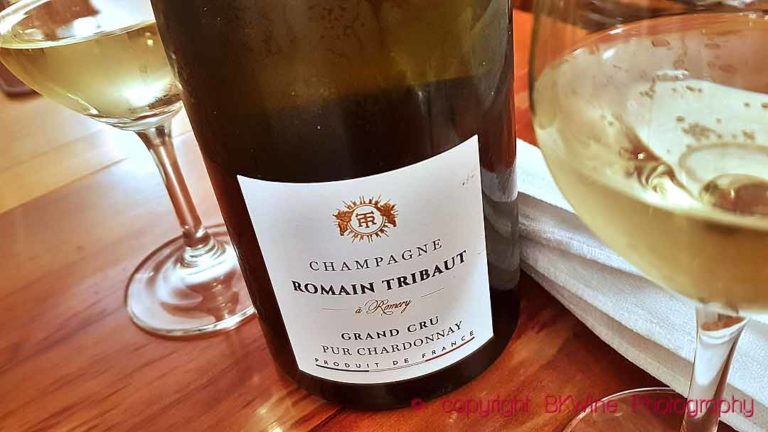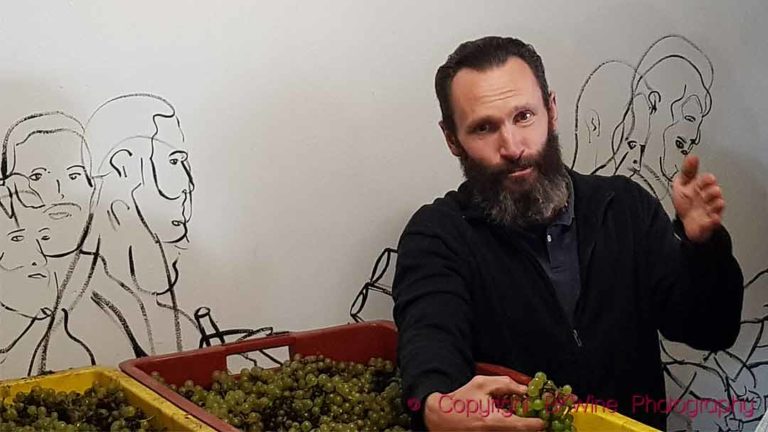The people’s choice and the rewards for the patient
The glasses are close to each other. Not literally in their arrangement on the table, but in style, appearance, viscosity and overall impression. The lowest level is not unexpectedly high, but the fine wines from the slopes north of Chablis have not yet been had the time to develop their broad register. 2017 is young, ready to drink in its simplest form but only a child when it comes to the premier crus and grand crus.
With the exception of some specific regions, wines are sold almost exclusively when young. With good reason in some cases and one has of course full understanding of that the grower wants to get his money. Moreover, many growers do not have space to stock the volumes of wines from whole vintages in their cellars. The price for us consumers is that many bottles are drunk long before they reach their full potential. The simpler wines may not stand up to ageing or improve. Other bottles, on the other hand, should be provided with a time-locked cork to make it impossible to open before a certain date.
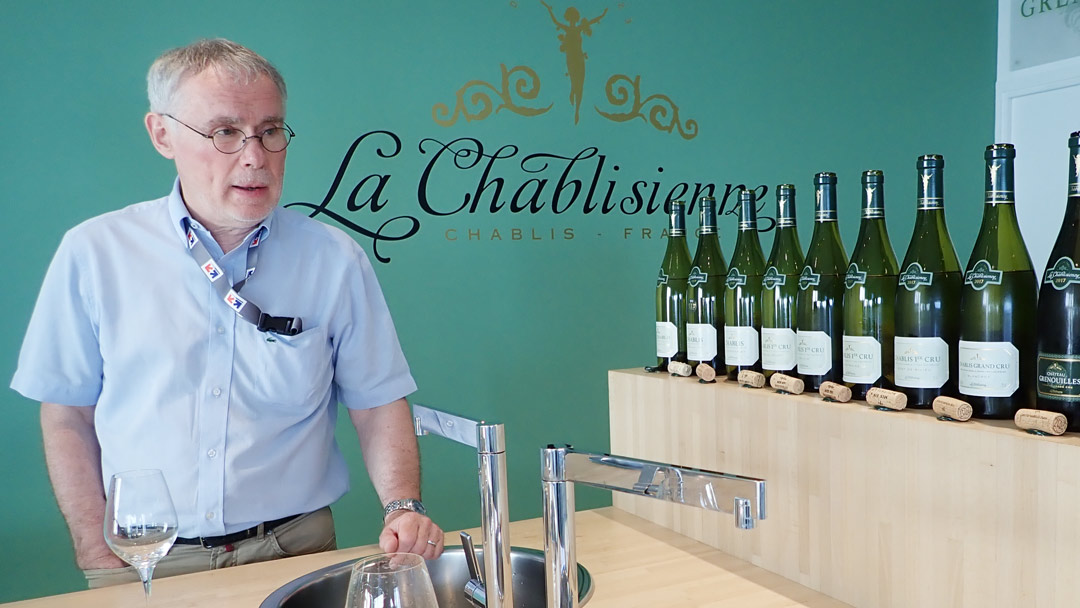
Hervé Tucki is one of the veterans at La Chablisienne. As a youngster he worked on his spare time with all kinds of chores at the producer. Cellar rat and handyman. Today, it says ambassadeur on the business card and he welcomes us kindly and professionally to the testing room. The entrance door was being repaired so we had to go through the laboratory where staff in white coats worked under silence with pipettes and test tubes. With that simple insight, the expectations rose a notch. How many producers have their own lab?
The tasting room of this large cooperative smells new and somewhat sterile. La Chablisienne handles a large number of visitors but Hervé Tucki is professional, efficient and takes his time with the tasting, telling stories and letting things take their time. The theme is wines from 2017, from the lowest to the highest level.
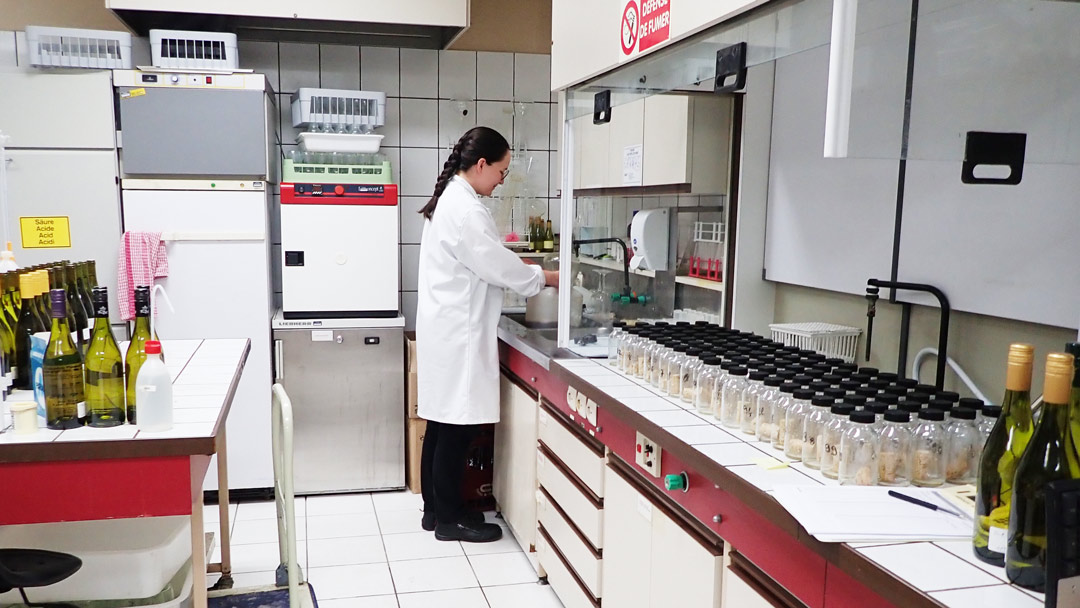
For a district like Chablis, it is relatively easy to get a grip on the general character. Only one grape to keep track of, chardonnay, and thankfully just four quality classes. Petit chablis, chablis, chablis premier cru and chablis grand cru. Of course, there are deeper secrets among the seven different grand cru denominations, 40 premier cru ones and wide variations in chablis and petit chablis.
You who read this have probably tried several of La Chablisienne’s wines. Sweden is one of their largest export destinations and the label is visible on virtually every Systembolag shop in the country. Not just in bottle, now the wine is also available as BIB shipped on pallets to the Norwegian Vinmonopolet’s monopoly stores. Bag in box is a great invention for consumers who long for a lot of wine in a packaging that can be thrown on the floor. But in terms of status, it is a let-down of size.
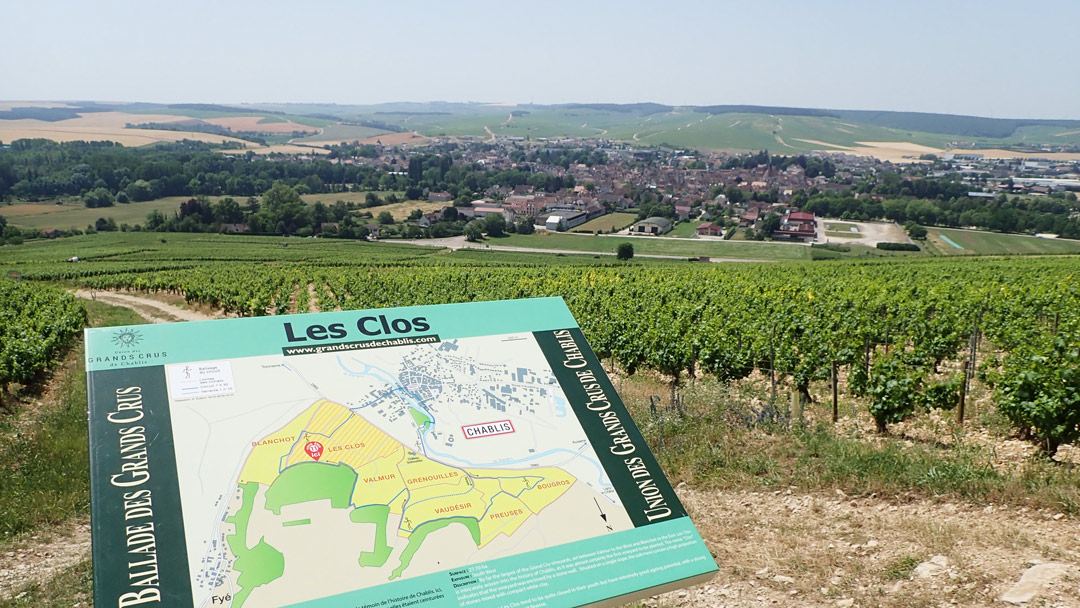
The first glass is filled with La Chablisienne Pas Si Petit AOP Petit Chablis, one of three cuvées of petit chablis. Clean, neat, light mineral tones and a delicious freshness. While Hervé opened the next bottle, he hinted in passing that he personally thinks it will be better after two to three years of ageing. Interesting.
The next wine is La Chablisienne Dame Natur AOP Chablis, 2017 like all wines in today’s tasting. A richer wine with longer taste and more details. In my notes I’ve written down that a hint of oak was there, which is not the case according to Hervé. On the other hand, if you read on the importer Vinunic’s website it says that 1/5 was stored in oak barrels for a short time. If it is the imagination or not, it had messier tones compared to La Chablisienne Les Vénérables AOP Chablis which showed more pure citrus, light mineral tones and clearer markers from the district. The supplementary name Nature definitely has no connection to natural wines, although it was perceived as a little more sprawling.
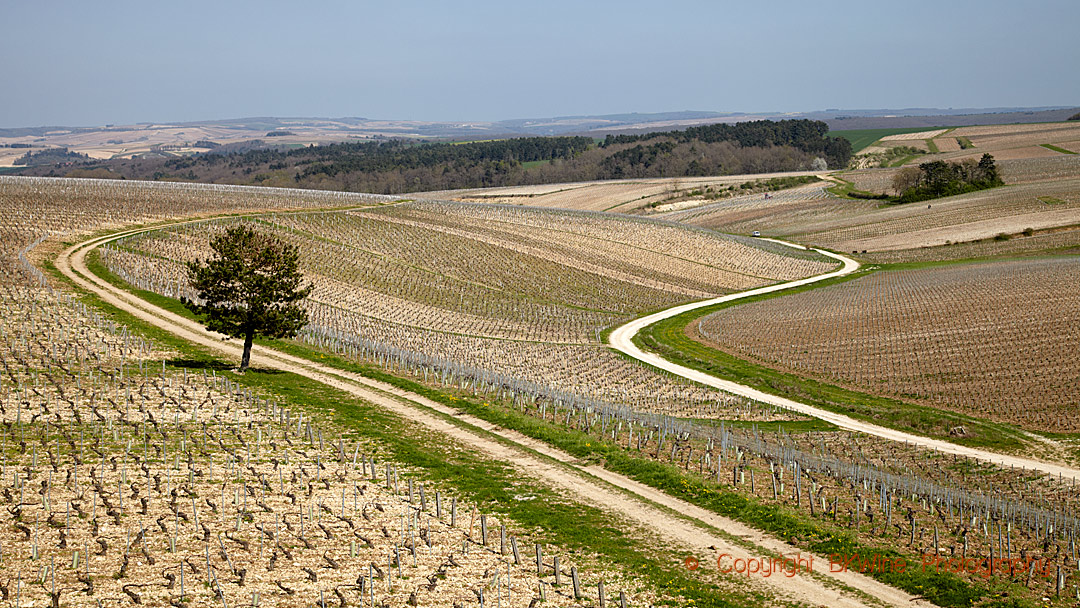
We go one step up to the AOP chablis premier cru with La Chablisienne Côte de Léchet, the minerals begin to get some notes of gunpowder smoke. Nice and delicious but the acidity is edgy and the need for more ageing is clearly felt.
The same goes for premier cru Les Lys, Montmains and Mont de Milieu. Edgy acidity and undeveloped tones even though Montmains had seductively delicious floral and slightly spicy tones together with light mineral tones. After pushing Hervé a bit, he acknowledged that the wine should probably be kept at least four to five years to come to really properly develop. I understand Hervé reluctance in advocating ageing; how many people would then take wine home from the shop?
Yes, we tried grand cru as well. Expectations rise slightly, but those who hope for a completed beauty when opening a two-year-old La Chablisienne Grenouilles Chablis Grand Cru will be disappointed. The wine does have a nicer acidity than the La Chablisienne Blanchot Grand Cru, but in relation to the price tag, the experience is not quite as you might be hoping for. We push Hervé a little and finally he tells us that ideally it should have ten years in the cellar. “It takes some effort to say it, but so it is,” says Hervé. But yes, Blanchot had a beautiful, bright golden yellow colour, good solid body, beautifully integrated oak hints, soft lovely spices and a not too obvious acidity. Yes, it is possible to “suffer” through a meal with that bottle on the table but after completing the tasting with a La Chablisienne Chablis Grand Cru Les Preuses 2003 it is difficult not to emphasise the value of ageing. If you think I’m out of my depths, feel free to leave a comment.
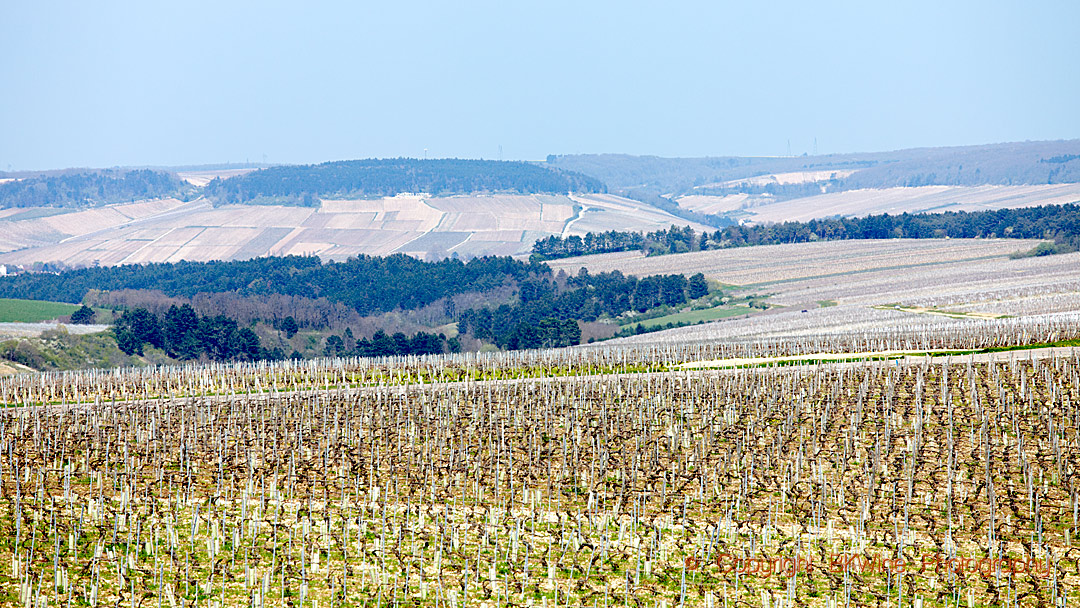
75% of La Chablisienne’s production is exported. An interesting detail is that the Swedes accept screw cap to a much greater extent than the French who get more wines with natural cork. Despite the regret that the producer has also chosen to fight on the crowded market of cheap box wines, La Chablisienne is a highly ranked cooperative. Reliable and affordable. If you stand in the shop and hesitate, I would like to say that at all levels you will get a wine with a clear regional character from Chablis in La Chablisiennes wines from 2017.
Sven-Olof Johansson is a wine enthusiast in Stockholm with a long history of wine tasting experiences.



